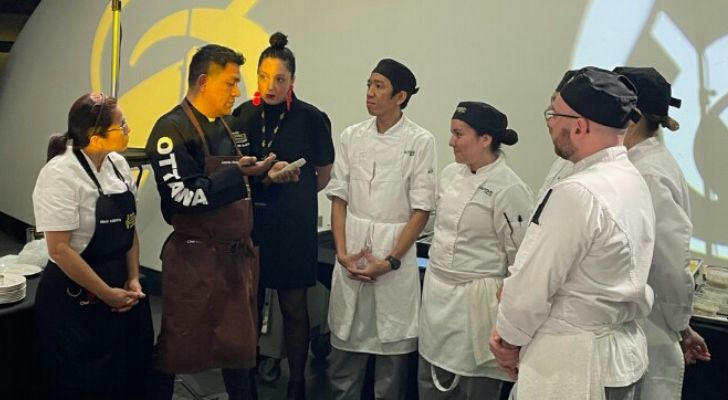Earn While You Learn: How to Join a Government-Supported Culinary Training Program in 2025
Want to become a chef without racking up debt? In 2025, government-backed culinary programs let you learn in a real kitchen, get paid, and start your career. Gain hands-on skills and job support in just a few weeks or months.

2. What Makes These Programs Different
These initiatives are powered by federal or local partners working with real kitchens. You learn side-by-side with seasoned chefs, get paid hourly, earn certifications, and leave ready to land a culinary job. No textbooks—just you, a kitchen, and the tools to build a career.
3. Meet the Leading Programs
ApprenticeshipUSA
Run by the U.S. Department of Labor, this earn-while-you-learn model pairs you with local restaurants. You’ll earn roughly $13 to $20 per hour—some apprentices in Arizona even reach the top end of that range—with benefits like 401k and career advancement built in.
Salvation Army Culinary Training
Cities like Louisville, San Francisco, and Boston host 5-to-10-week courses offering training in professional kitchens. Students are 18+, stand for hours, and come in with no experience. You walk away with knife skills, food safety certification, and a ServSafe permit .
Institute of Culinary Education (ICE) through Workforce Partnerships
ICE teams up with local workforce boards to offer accelerated 12-to-16-week programs. Hands-on mentorship, externship shifts, and job support are all bundled in—often once you're accepted.
4. What You’ll Learn – A Kitchen Crash Course
These programs don’t waste time. Expect to dive into:
Knife techniques, sautéing, baking, and sauces
Food safety, kitchen hygiene, and sanitation
Plating finesse and presentation skills
Teamwork in a fast-paced kitchen
Real shifts in restaurant kitchens or catering gigs
Certifications like ServSafe and even state-issued food-handling permits are often earned during the program—credentials that look great on a resume.
5. Get Paid to Train
Say goodbye to student loans. Apprentices earn $13–$20 per hour right from day one.Salvation Army trainees often receive stipends or have living costs covered. And ICE workforce partners sometimes offer paid externships. You graduate with skills—and cash in your pocket.
6. Career Jump-Starts: How It Opens Doors
These programs plug you straight into real cooking careers. Average starting pay is $16–$21 per hour in places like Phoenix. As you gain experience, roles like line cook, sous chef, or catering manager become earnable. Many alumni go on to six-figure chef or kitchen manager positions—without owing a dime to student loans.
7. Who It’s Ideal For
Anyone age 18 and up who likes hands-on learning
Those ready to stand, lift, and work full-time in a kitchen
People seeking fast, affordable training with job support
Anyone tired of tuition bills and ready to earn while they learn
- How to Apply in Just 5 Steps
Choose your program: ApprenticeshipUSA, Salvation Army, or ICE
Check the requirements: Usually age 18+, eligible to work, able to stand/lift
Submit an application: Most are online, some require a quick interview
Attend orientation and begin training: Expect 5–16 weeks of hands-on instruction
Graduate and get hired: Leave with certification, job search coaching, and immediate job placement
9. Final Thoughts
In 2025, government-supported culinary programs offer an unbeatable deal: hands-on training, real wages. Whether you're dreaming of a chef career or a stable job in a fast-paced kitchen, this path makes it possible. With many programs starting in January and spring cohorts filling fast, now's the moment to chop, saute, and earn your way into a culinary future.
